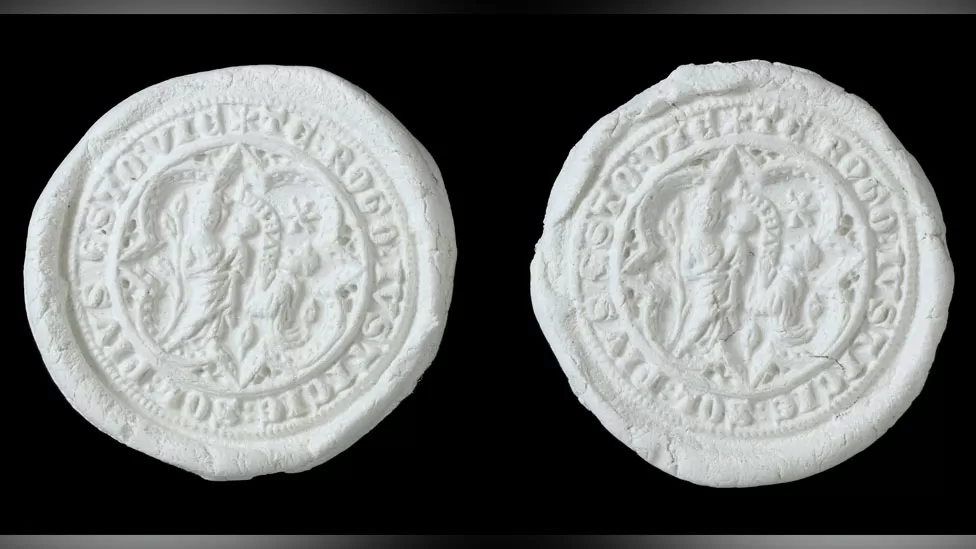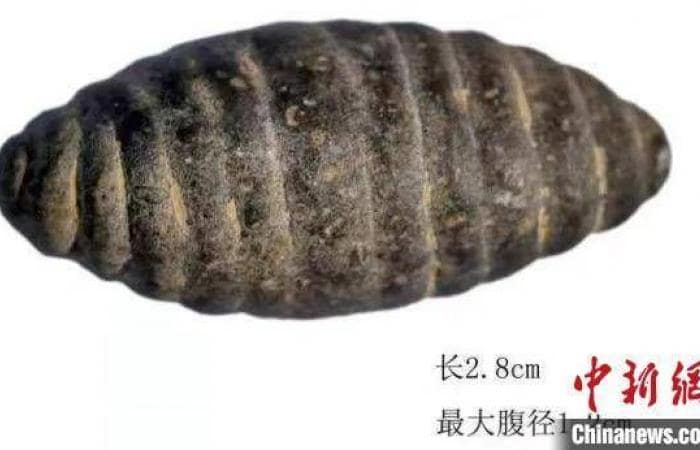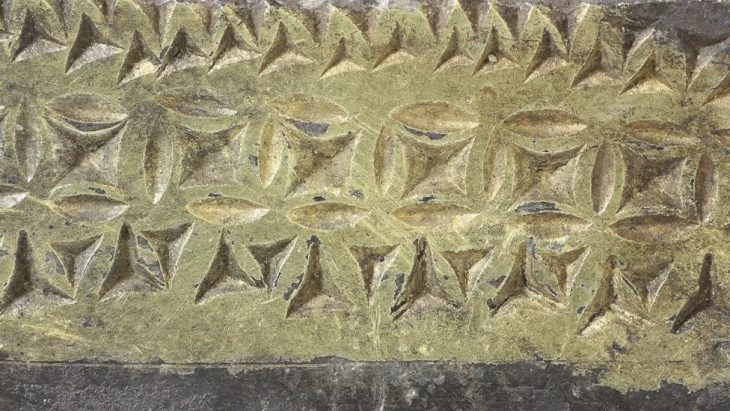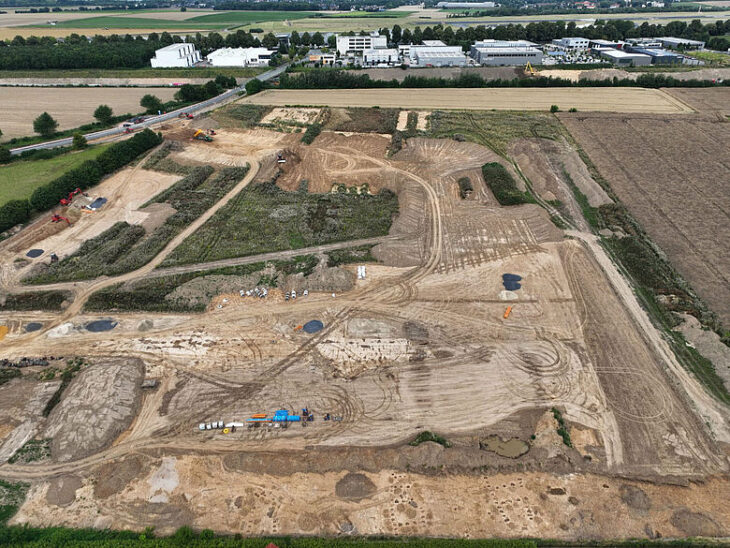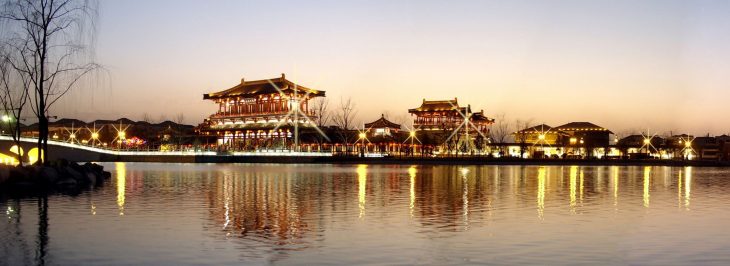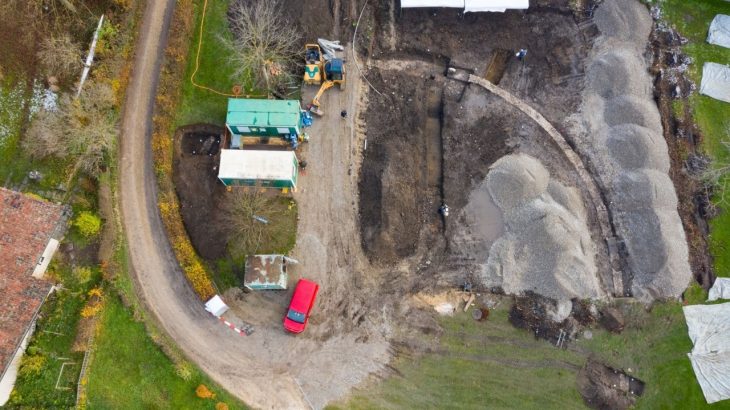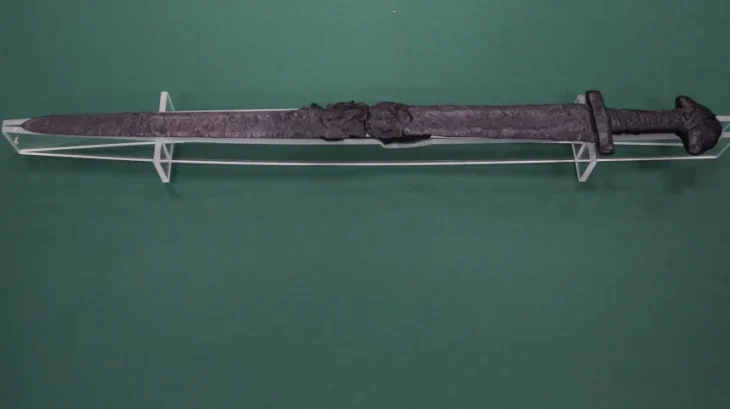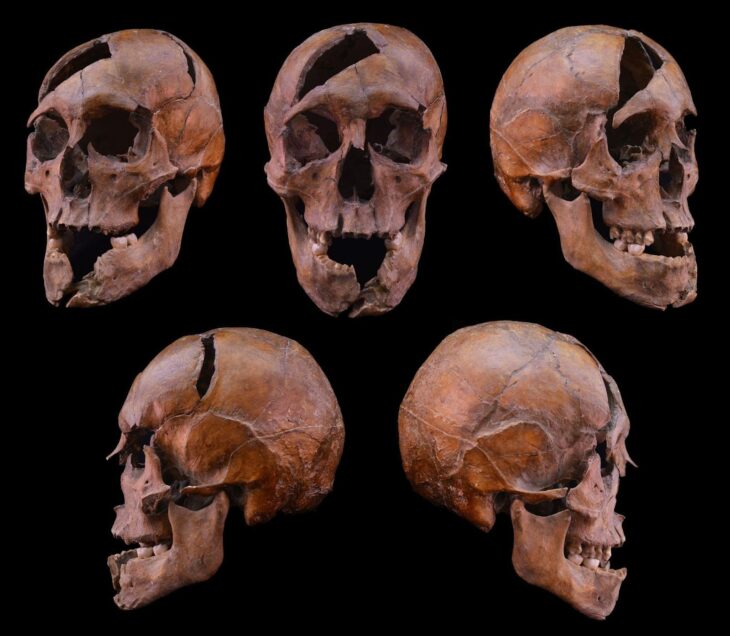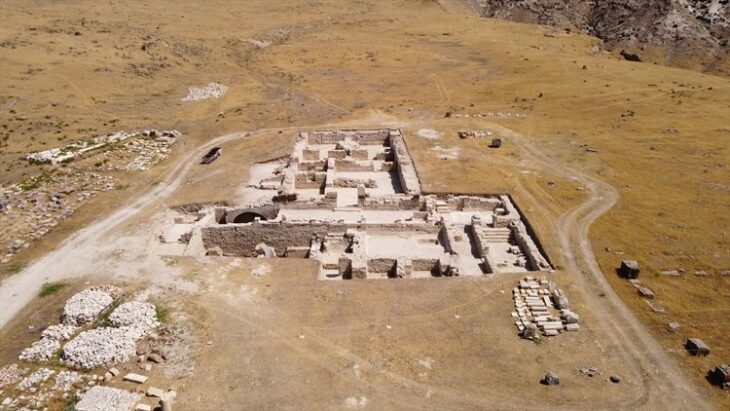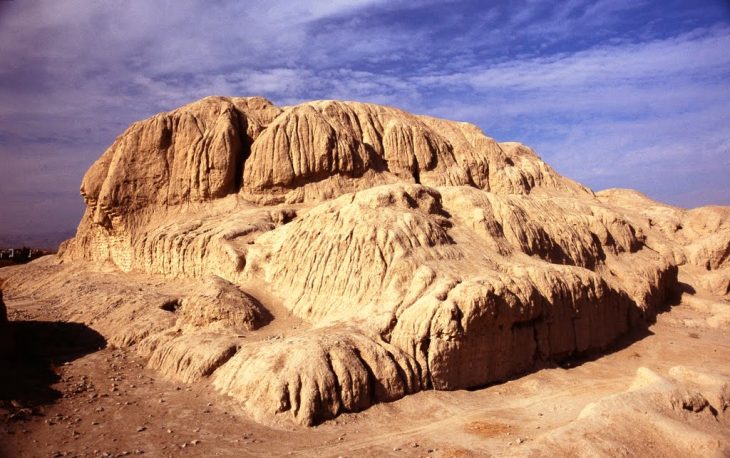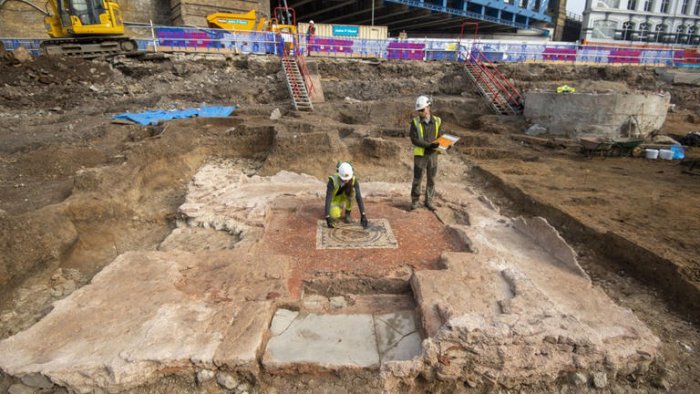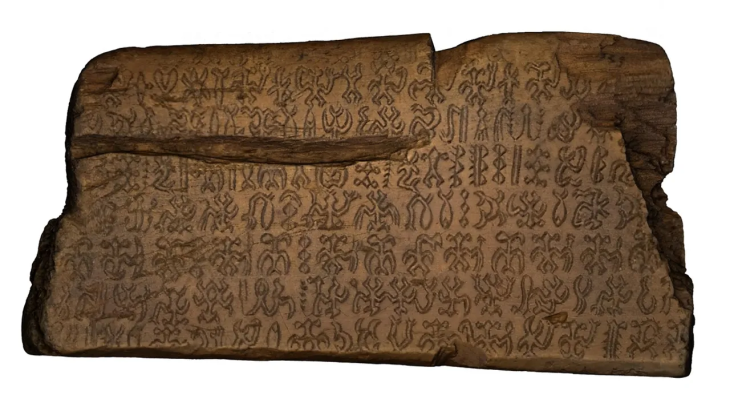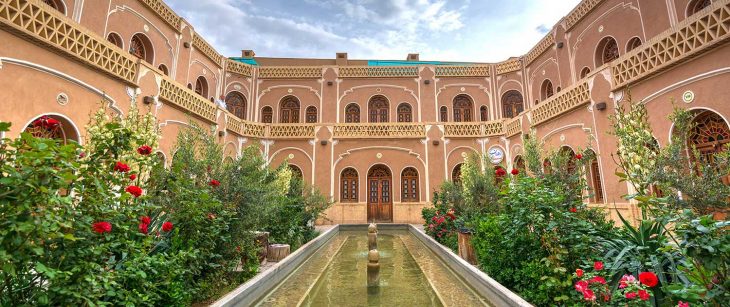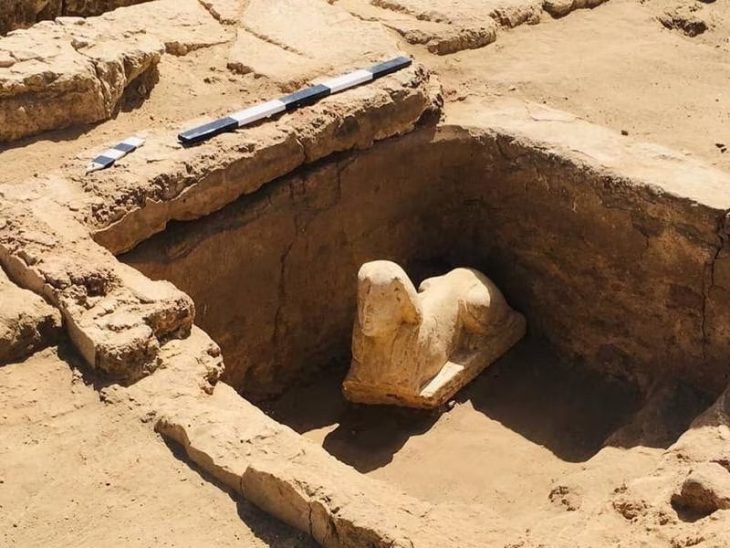A medieval seal die, described by experts as ‘completely unique’, has been found by a metal detector at a field near Horsham St Faith, north of Norwich in south-east England.
The massive silver and gilt seal dates from the late 13th or early 14th century. Most likely, the Medieval seal matrix belonged to a monk.
A medieval seal matrix discovered by a metal detectorist is “a window into someone’s spiritual world just before the Black Death”, an expert has said. On the seal matrix there is an inscription that reads: “I beseech thee, holy sun of righteousness, be the way.”
According to historian Helen Geake, this inscription has not been found on any other object.
The circular die, 24.6 mm in diameter, bears the central motif of the crowned Virgin Mary with the baby Jesus in her arms. To her right, a monk prays on his knees. The scroll of his joined hands shows the inscription AVE MA (Hail Mary). The entire scene is set in a four-leaf frame. The inscription in medieval Latin ‘TE: ROGO: IVSTICIE: SOL: PIVS: ESTO: VIE’ is placed in a dotted circular border around the edge of the seal.
📣 Our WhatsApp channel is now LIVE! Stay up-to-date with the latest news and updates, just click here to follow us on WhatsApp and never miss a thing!!
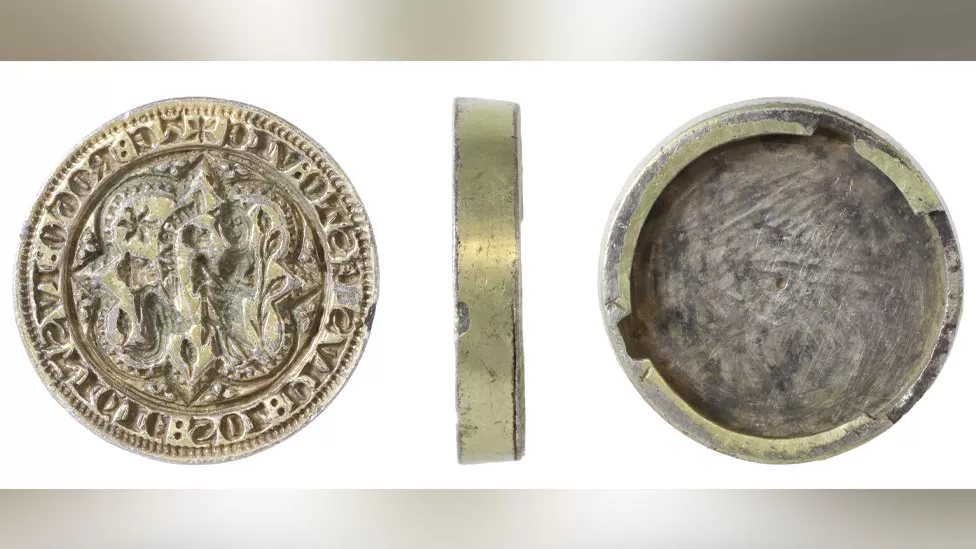
Iconography of the Virgin Mary with a kneeling monk is relatively common on seals, private and official church documents, but there is no directly comparable example of this depiction on a circular seal.
The “Sun of Righteousness” appears at the end of a number of prophecies in the Old Testament and became a relatively common way of referring to Jesus Christ in the Middle Ages.
This matrix has another very unusual feature: a recessed sleeve with a scalloped edge on the reverse, suggesting that it had a removable handle which could be retracted and secured by turning. Seals with sleeves are known from archaeology, but their handles were permanently fitted without the possibility of replacement. This is a completely unique feature with no equivalent.
Dr. Geake said another “unusual” aspect of the find is that it appears to be designed for “a detachable handle, with the matrix rotating either to lock it in position, or to remove it, as if interchangeable die could be used with the same handle”.
The die is the part of the matrix which stamps wax.
As reported by the BBC, ” seal, which dates to the late 13th or early 14th Century, covering the reigns of Edward I to Edward III, was found in April.

